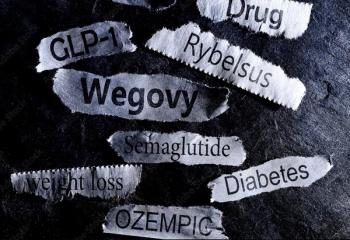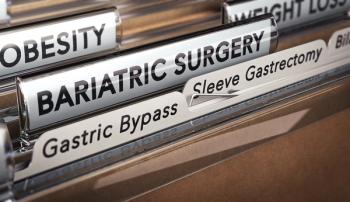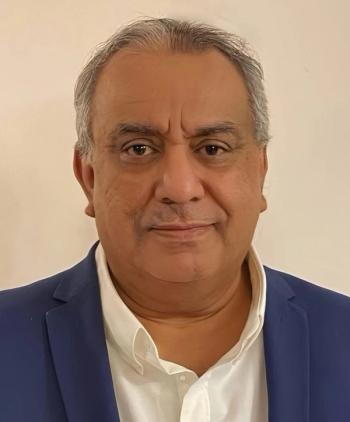
The dockworker strike: A harbinger of the coming health care workforce crisis
What physicians need to know about the looming labor shortage and how to prepare for it.
Across the United States, physicians are facing a perfect storm that threatens to reshape the landscape of health care as we know it.
Let’s connect some dots.
The dockworkers’ strike highlighted a crucial issue: an aging workforce in a physically demanding job. Nearly
Every health care executive and policy maker should read the recent report
Now, you may think that younger workers will step up to fill the needed roles. But, research from
But it’s not just about numbers. It’s about the changing nature of work itself. The dockworker strike highlighted the tension between human labor and automation. In health care, we’re seeing a similar dance with artificial intelligence (AI) and robotics. The promise of efficiency clashes with the fear of job losses and the very real need for human touch in patient care.
Many of your colleagues likely find themselves caught in this crossfire. They’re struggling to keep up with the increasing administrative burden while maintaining the personal connections that drew them to health care in the first place. The introduction of AI-powered diagnostic tools and electronic health records was supposed to make the work easier. Instead, many often feel like they’re working for the technology, not the other way around.
So, what’s a nation — and more importantly, what are health care providers — to do?
First, we need to rethink our approach to workforce development. The dockworkers’ union has been sounding the alarm about the need for training programs to help workers adapt to new technologies. In health care, we need to do the same, but on steroids. We’re talking about massive investment in education and training, from better pathway programs for nursing to midcareer retraining initiatives to encourage more people to pursue work in these fields.
For health care providers, this means more than just keeping up with the latest care protocols. It means embracing a new paradigm of lifelong learning and adaptability. Just as dockworkers are grappling with automation, physicians, nurses and nurse aides must become
But here’s the critical part: We need to help essential workers integrate these tools into their daily routines in a way that enhances rather than replaces the compassionate care that drew them to these careers in the first place. It’s not about turning health care providers into robots. It’s about empowering them to become tech-savvy care providers who can navigate the complexities of 21st-century health care while maintaining the empathy and personal touch that our patients desperately need. This shift will require
Second, we all need to advocate for policies that support and strengthen health care. The dockworker strike cost the U.S. economy an estimated
Third, we need to have a serious conversation about immigration. Like it or not, foreign-born workers are the backbone of many health care roles, with
The dockworker strike has given us a glimpse of what happens when an aging workforce collides with technological change and shifting labor expectations. In health care, the stakes are even higher. We’re not just talking about delayed deliveries. We’re talking about life or death.
So here’s our call to action for every health care provider reading this: Use this moment as a wake-up call. Society needs to be proactive about shaping the future of health care work. We need to engage with policy makers, health care administrators, tech companies and educators to hammer out solutions before we find ourselves in a crisis we can’t manage.
Because if we don’t act now, you might find yourself longing for the days when your biggest worry was whether you could squeeze in one more patient before lunch. Instead, we’ll be wondering whether there’s anyone left to staff our clinics at all. And that is a future none of us wants to contemplate.
Newsletter
Stay informed and empowered with Medical Economics enewsletter, delivering expert insights, financial strategies, practice management tips and technology trends — tailored for today’s physicians.



















